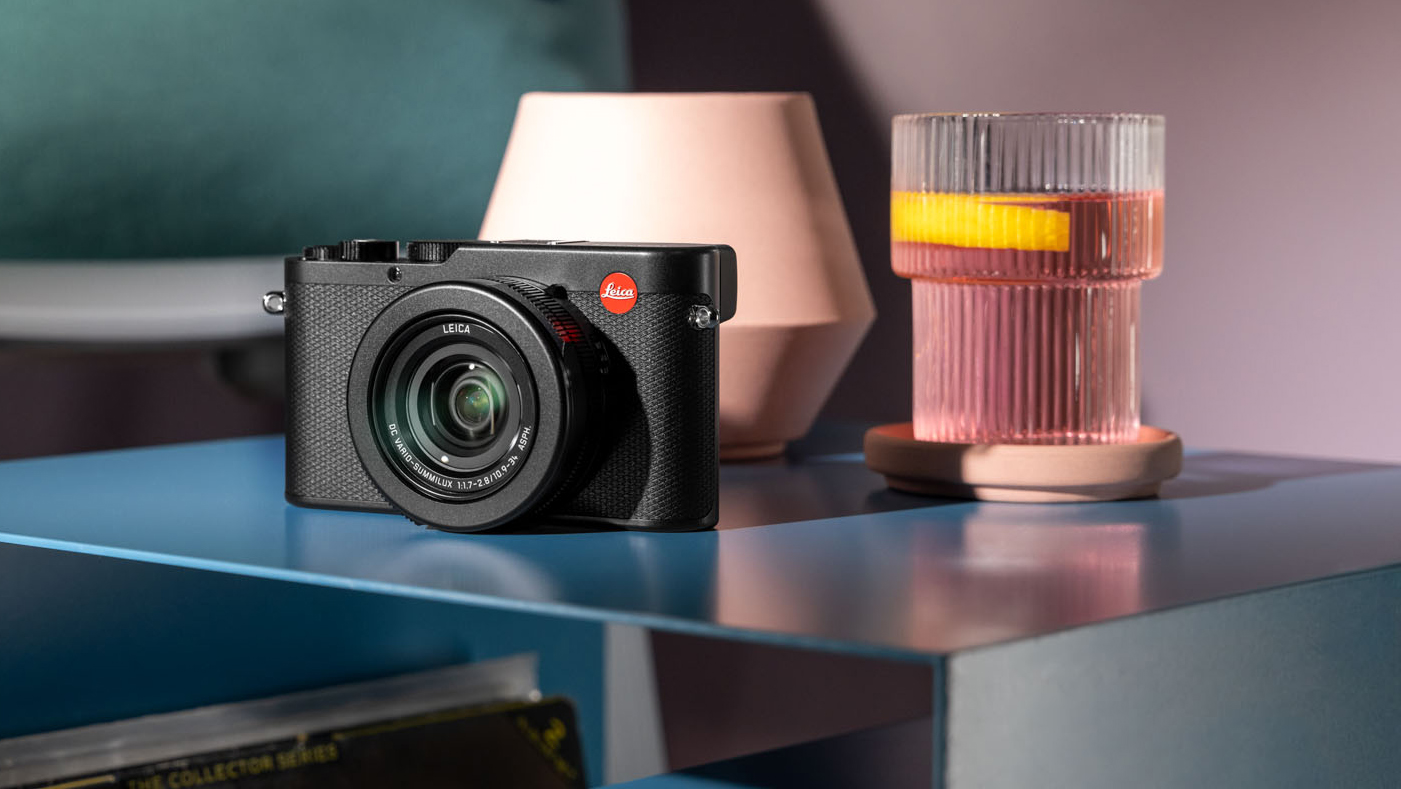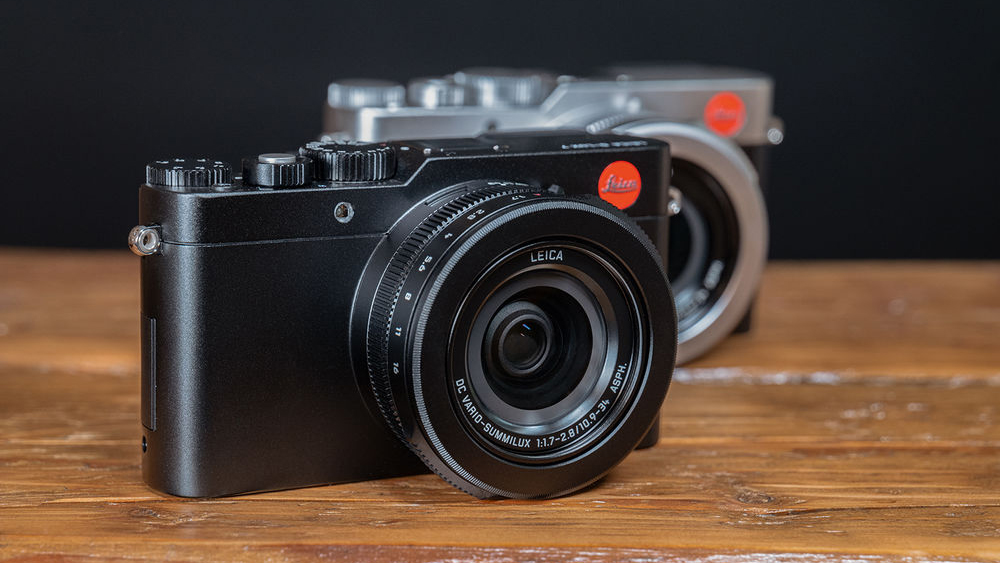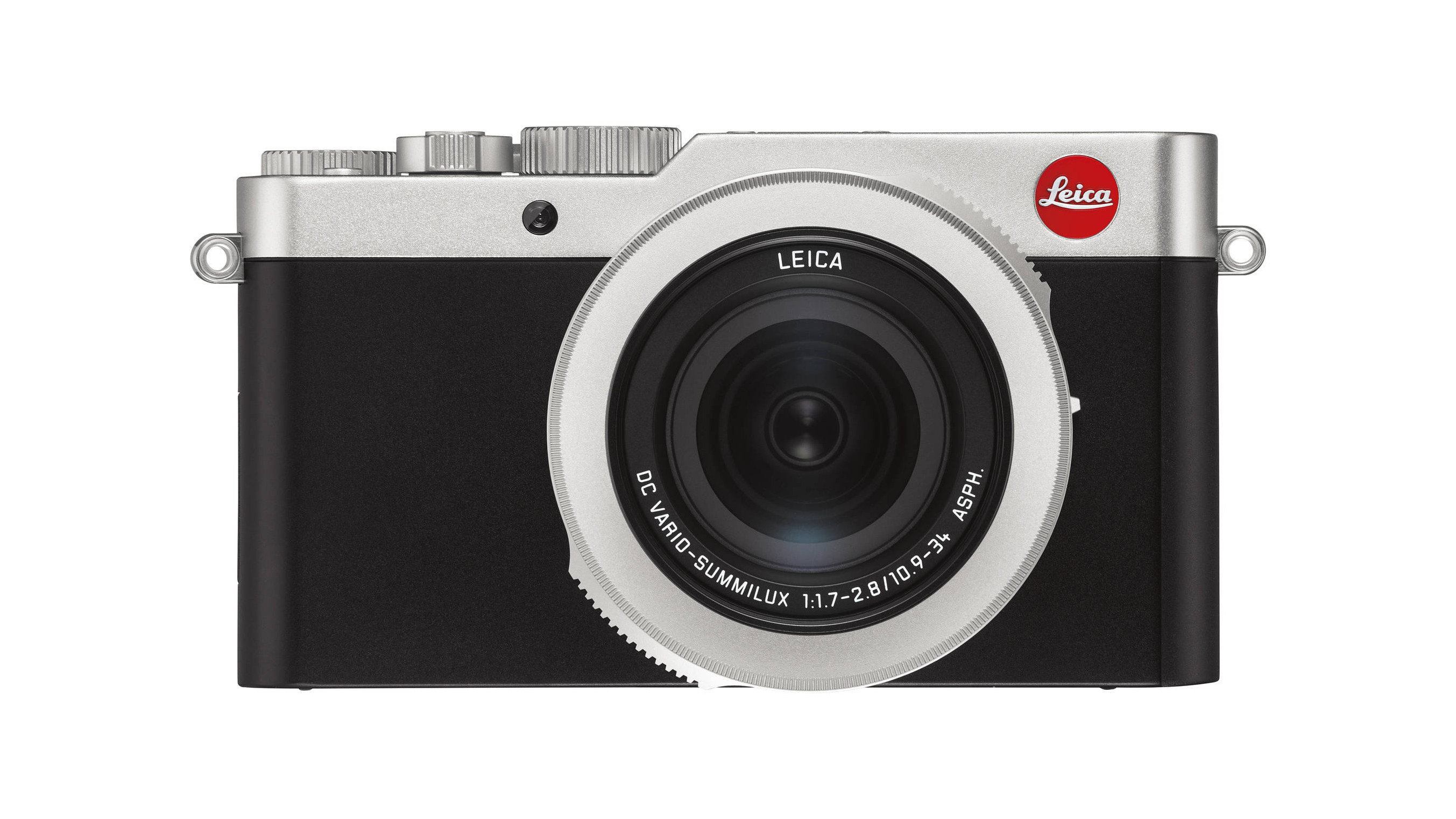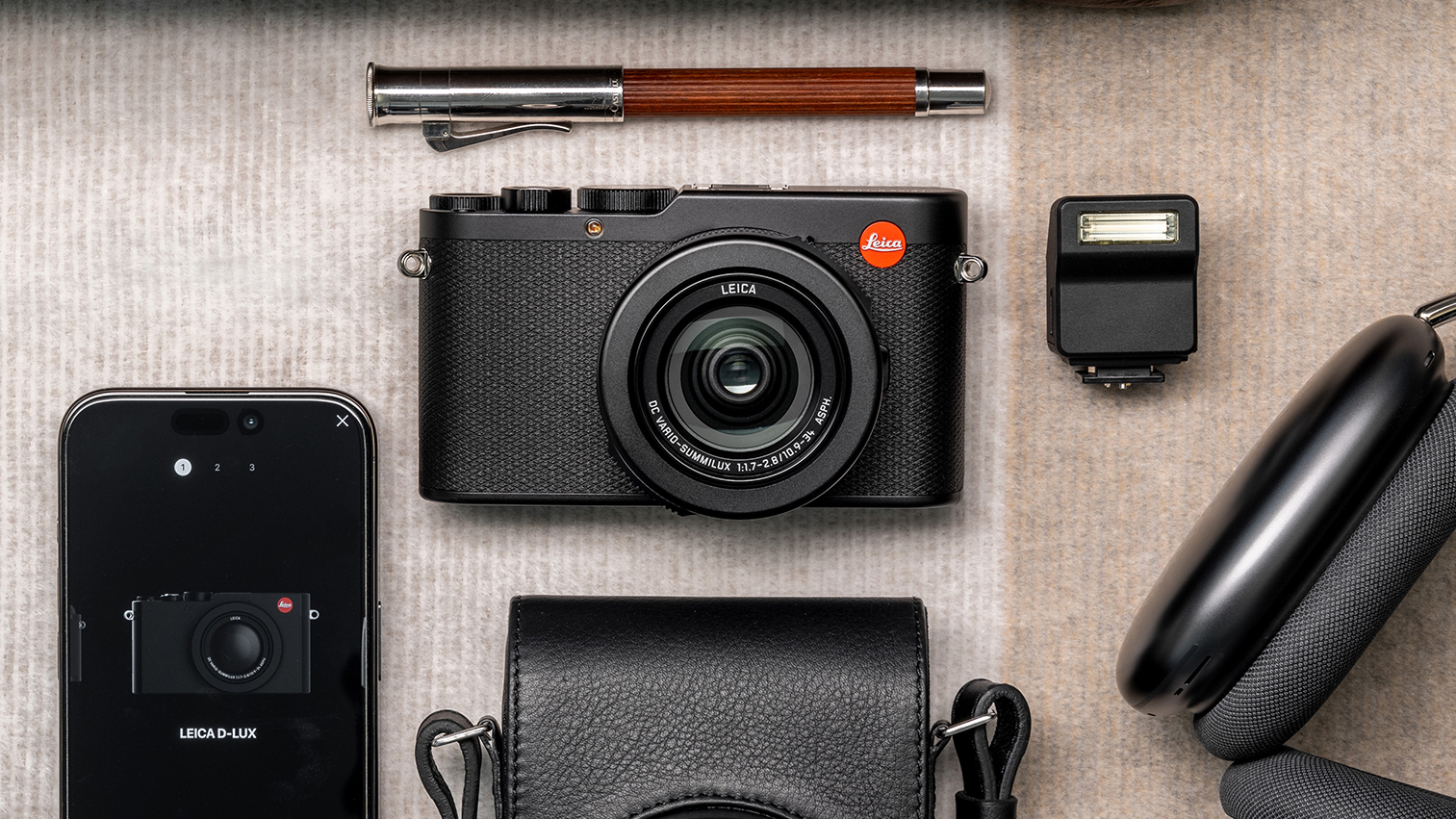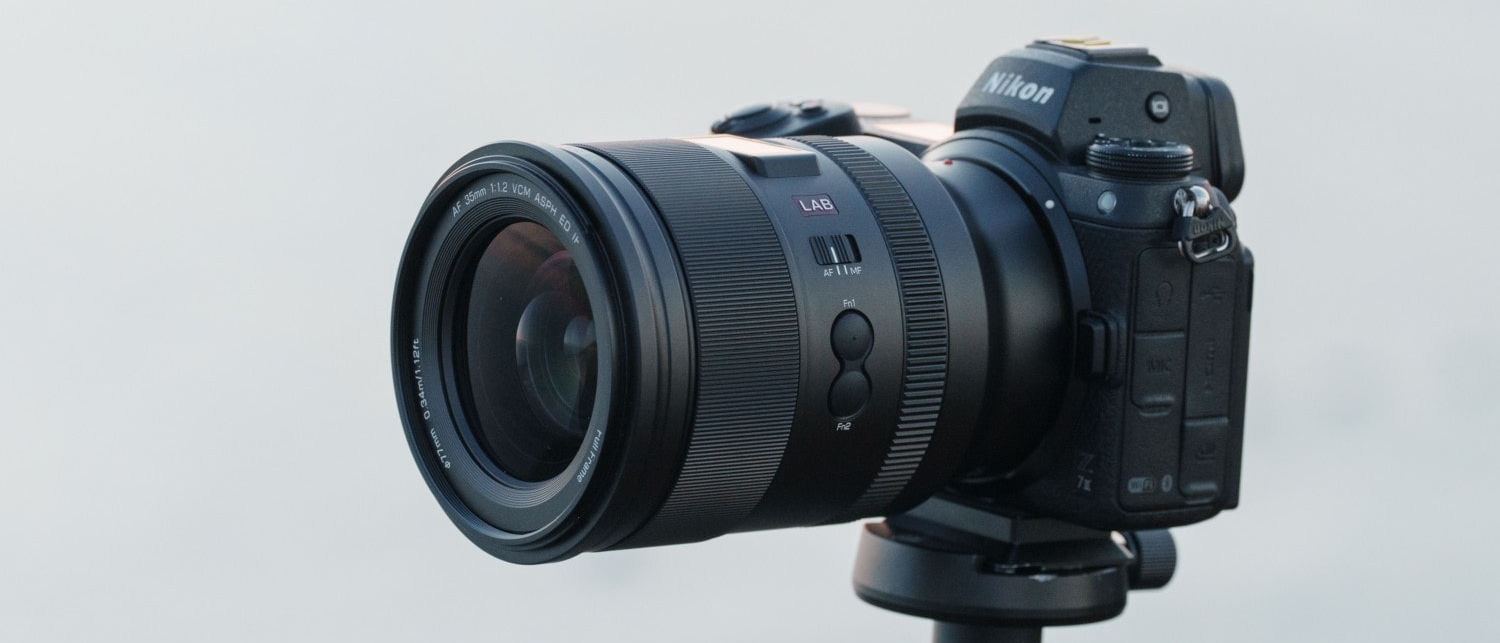Leica D-Lux 8 vs D-Lux 7: does the "baby Q" merit an upgrade?
It's the battle of luxury compact cameras: Leica D-Lux 8 vs D-Lux 7. Are there enough differences to warrant upgrading?
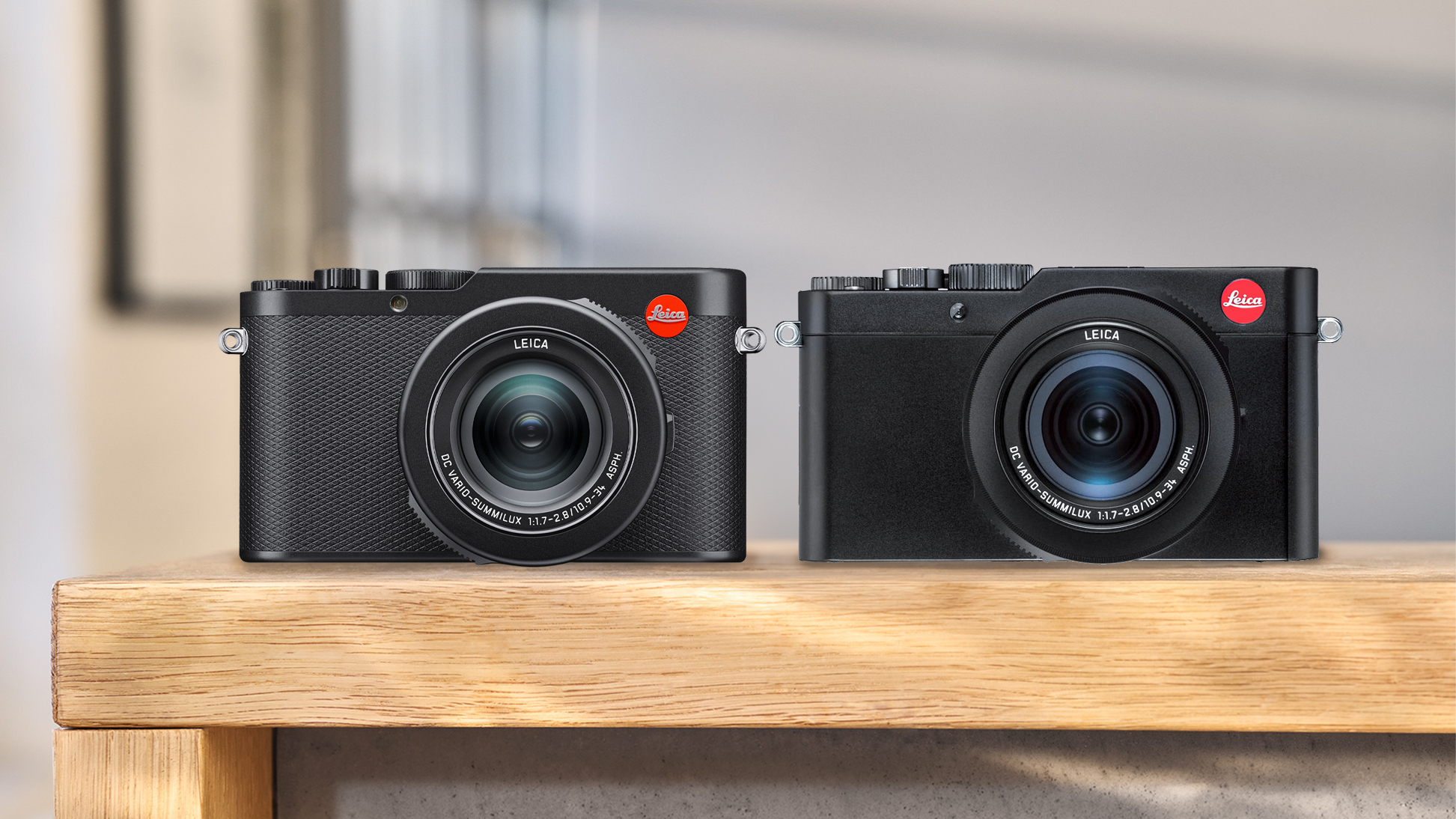
A couple of years ago, I wasn't sure if we'd see a Leica D-Lux 8 vs D-Lux 7 showdown. However, the market for compact cameras has absolutely exploded – and Leica is one of the few manufacturers supporting this specialist segment.
Its latest compact, the Leica D-Lux 8, has officially launched – replacing the Leica D-Lux 7 that was released back in 2018.
While the latter is now very hard to find new, it remains widely available on the used market. And with the two cameras sharing a lot of DNA – but with some very key differences – I wanted to take break things down with a Leica D-Lux 8 vs D-Lux 7 comparison.
Leica D-Lux 8 vs D-Lux 7: Specs comparison
| Header Cell - Column 0 | Leica D-Lux 8 | Leica D-Lux 7 |
|---|---|---|
| Sensor | Four Thirds CMOS | Four Thirds MOS |
| Resolution | 21.77MP actual • 17MP effective | 21.77MP actual • 17MP effective |
| Video resolution | 4K 30p • FullHD 60p • HD 30p | 4K 30p • FullHD 60p • HD 30p |
| Lens | Leica DC Vario-Summilux 10.9-34mm f/1.7-2.8 Asph | Leica DC Vario-Summilux 10.9-34mm f/1.7-2.8 Asph |
| 35mm equiv | 24-75mm | 24-75mm |
| Image format | JPG • RAW (DNG) | JPG • RAW (RWL / Leica RAW) |
| Video format | MP4, H.264 | MP4, H.264 |
| Electronic finder | OLED, 2.36m dots, 60fps, 0.74x magnification | LCD, 2.76m dots, 0.70x magnification |
| LCD screen | 3-inch TFT touchscreen, 1.84m dots | 3-inch TFT touchscreen, 1.24m dots |
| Max burst | 11fps (2fps with AF) | 11fps (6fps with AF) |
| Buffer | RAW 14, JPG 100 | RAW 32, JPG 100 |
| ISO sensitivity | ISO100 - 25,000 | ISO200 - 25,600 (exp to ISO100) |
| Memory card | SD type, UHS-II | SD type, UHS-I |
| Connectivity | USB C, Micro HDMI, Wi-Fi, Bluetooth | USB micro, Micro HDMI, Wi-Fi, Bluetooth |
| Dimensions | 120 x 69 x 62mm | 118 x 66 x 64mm |
| Weight | 397g (with battery) | 403g (with battery) |
Leica D-Lux 8 vs D-Lux 7: Sensor
Both cameras feature the same 21.77MP image multi-aspect Micro Four Thirds image sensor – though Leica lists the D-Lux 7's as an MOS while the D-Lux 8's is given to be a CMOS sensor.
"Multi-aspect" merits some explaining, and means that the camera can natively shoot in multiple aspect ratios, by capturing different areas of the sensor. In effect, the sensor is oversized so that all the different ratios can fit into it – this not only maximizes their individual resolutions, but also maintains the same angle of view.
So, while the entire sensor has 21.77 million pixels, changing the aspect ratio changes the shape and area that is recorded. Thus, the cameras shoot 4:3 images at 16.8MP, 3:2 at 16.2MP, 16:9 at 15MP and 1:1 at 12.6MP.
Leica D-Lux 8 vs D-Lux 7: Photography
Though their sensors are the same, there are some differences and in performance between the two cameras.
The key one is RAW shooting; while the D-Lux 7 uses Leica's proprietary RWL files (which famously caused headaches for image processing, early in the camera's life), the D-Lux 8 supports the standard (and arguably superior) DNG format.
Sensitivity is also slightly. The D-Lux 7 had a native range of ISO200-25,600, expandable to ISO100. The D-Lux 8 lowers the base sensitivity but slightly lowers the ceiling, with a native range of ISO100-25,000.
Burst rates also differ between the bodies. Both cameras are capable of a top continuous shooting speed of 11fps, but the D-Lux 7 can rattle off up to 6fps with autofocus while the D-Lux 8 can only manage 2fps – though, in the new camera's favor, it does capture files in 12-bit, with faster performance in 10-bit. Buffer depth is different, too, which I cover in the Body, build, interface section below.
Personally, I think this is a win for the D-Lux 8 – though it's certainly a trade-off. For me, the lower base ISO is more useful than a tiny bit more room at the top – and I do not use this kind of camera for burst shooting with autofocus. However, if you're someone who isn't fussy about ISO and likes to shoot AF bursts to make sure you get the decisive moment, it might be a win for the D-Lux 7.
Leica D-Lux 8 vs D-Lux 7: Video
The key video specs are the same; both cameras can shoot up to 4K 30p, FullHD (1080p) 60p and HD (720p) 30p.
The difference is the recording duration. The D-Lux 7 can continuously record 29 minutes of FullHD but is limited to just 15 minutes of 4K, while the D-Lux 8 can capture up to 29 minutes of FullHD and 4K.
A clear win for the D-Lux 8, but it's disappointing that this limit still exists at all. The 29m59s limit that we've seen in so many cameras over the years was put in place simply to avoid extra taxation, as legislation ruled that any camera capable of recording 30 minutes of video would be subject to classification and tax as a video camera.
This legislation was phased out in in 2019 so, while it's fair that the 2018 D-Lux 7 sees this limit, there's no reason that the D-Lux 8 is still hamstrung by it.
Leica D-Lux 8 vs D-Lux 7: Body, build, interface
Like the core tech, the integrated lens is the same for both models: the Leica DC Vario-Summilux 10.9-34mm f/1.7-2.8 Asph, which provides an equivalent 35mm focal range of 24-75mm.
The differences begin with the body: the D-Lux 8 is ever so slightly larger, but slimmer and lighter. This is because it has been modeled after the Leica Q3, leading to being nicknamed the "baby Q" online. This, it features a sleeker silhouette and softer lines than its predecessor, with a textured finish calling back to the Q3.
The resemblance isn't just skin deep, either, as the D-Lux 8 also integrates the menu system and interface of the Q3 – and believe it or not, this is quite a transformative change. Having used Leica's latest mirrorless cameras, the best way I can describe it is if Leica and Apple designed an interface – it's an absolute joy to use, and the tactility makes you feel more "at one" with the camera.
The D-Lux 8's new interface it also supports the Leica Fotos app, which is arguably the best and fastest of any manufacturer – and may be essential, if you want to beam your images to social ASAP and take advantage of the Leica Looks presets. Take a look at its crazy fast transfer speeds, even with huge 61MP files from the Leica SL3:
There are changes in the displays, too. The electronic viewfinder on the D-Lux 7 is slightly higher resolution, slightly lower magnification and older technology, being a 2.76 million-dots, 0.70x magnification LCD affair. The D-Lux 8 features a clearer OLED finder with 2.36 million dots and 0.74x magnification.
Both cameras have a 3-inch fixed TFT touchscreen, though the D-Lux 8 has more resolution at 1.84 million dots compared to the D-Lux 7's 1.24 million.
As you might expect, the D-Lux 8 has been upgraded to a USB-C port where the D-Lux 7 still had a micro USB, and the newer camera also supports SD cards up to the faster UHS-II standard, over the UHS-I of its predecessor.
Curiously, this does not result in superior buffer depth; the D-Lux 7 promises 32 serially recorded files with RAW, and over 100 with JPG, while the D-Lux 8 has a buffer of 14 DNG and over 100 JPG. I can only assume the disparity is due to the newer model capturing chunkier 12-bit DNGs.
Leica D-Lux 8 vs D-Lux 7: Conclusion
Some observers have dismissed the Leica D-Lux 8 as being little more than the D-Lux 7 in new clothing (and I would be remiss not to mention that the D-Lux 7 was, quite literally, a Panasonic Lumix LX100 II with a Leica body and badge).
However, these two cameras have some very key differences.
In short, the D-Lux 8 has better RAW files, a lower base ISO for stills, a slower burst speed if you want continuous AF, can shoot 4K video for twice as long, offers USB-C and UHS-II support, features a better viewfinder and rear screen, and has a body and menu system styled after the Leica Q3 with support for the Leica Fotos app.
The D-Lux 7 has a slightly higher native ISO ceiling, can rattle off three times as many frames with AF when burst shooting, higher resolution in the viewfinder, is slightly smaller in size and features more a aggressive silhouette.
For my money, the D-Lux 8 is the better camera – though it's also newer and more expensive. They are so technologically similar, however, that you would be almost as well served in pure performance by the D-Lux 7.
While this would mean a second-hand purchase, it also enables you to have a more unique camera; the D-Lux 8 is only available in black, while the D-Lux 7 is also available in silver, as well as an endless number of special edition finishes – including an iconic James Bond version with gun holster and a cool camo Bathing Ape collab.
You might be interested in the best Leica cameras, along with the best Micro Four Thirds cameras – both of which include some compelling alternatives, if you're considering the D-Lux range.
The best camera deals, reviews, product advice, and unmissable photography news, direct to your inbox!

James has 25 years experience as a journalist, serving as the head of Digital Camera World for 7 of them. He started working in the photography industry in 2014, product testing and shooting ad campaigns for Olympus, as well as clients like Aston Martin Racing, Elinchrom and L'Oréal. An Olympus / OM System, Canon and Hasselblad shooter, he has a wealth of knowledge on cameras of all makes – and he loves instant cameras, too.
